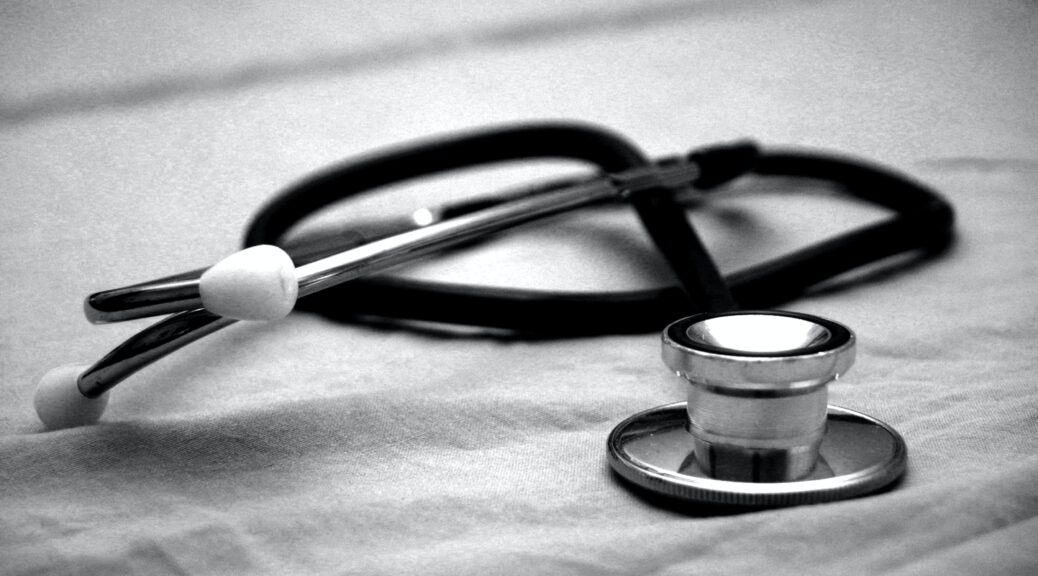Inter-cultural Dialogue for Equity
I’m honored to be the Tennessee State Chair of the Inter-Cultural Dialogue Wing of G100 Women Leaders / All Ladies League. I hope to bring together women making a difference in our state. It reminds me of when I founded the Women’s Council on Diversity and the Global Leadership Class more than 20 years ago. Let’s go again: Crosscultural boundaries Locally & Globally – Instruct & Inspire! (Let me know if this interests you.)
G100 is a huge action-think tank that comprises 100 wings/sectors, led by 100 Global Chairs like Dr. Aurora Martin who is Global Chair/Inter-Cultural Dialogue and Advisors like Global Advisor/Inter-Cultural Dialogue Shon Abegaz. The Chairs further nominate 100 country chairs in 100 countries for global reach and impact. Country chairs, like Monica Jaramillo who is the USA Country Chair/Inter-cultural Dialogue, then foster communities of 100 members directly or through further distributed leadership of region/state/city/district chairs.
G100 is a powerful Group of women leaders and achievers from all walks of life who wish to give back and move us all forward as architects of the future. It’s a league of luminaries of eminence and excellence including Nobel Laureates, Heads of States, Ministers, Businesswomen, Philanthropists, Investors, Entrepreneurs, CEOs, Corporate and Community Leaders – like me.
Continue reading TN Chapter of G100 Women Leaders – by Deborah Levine







